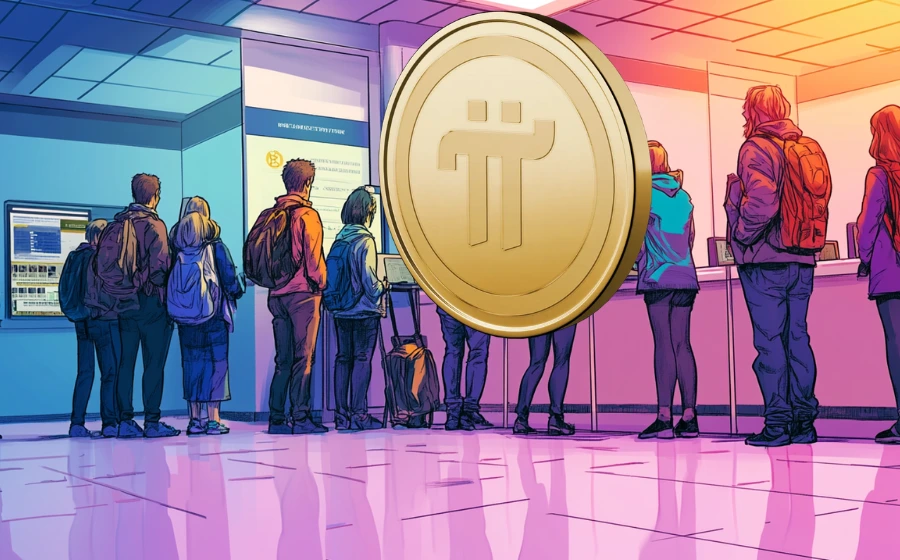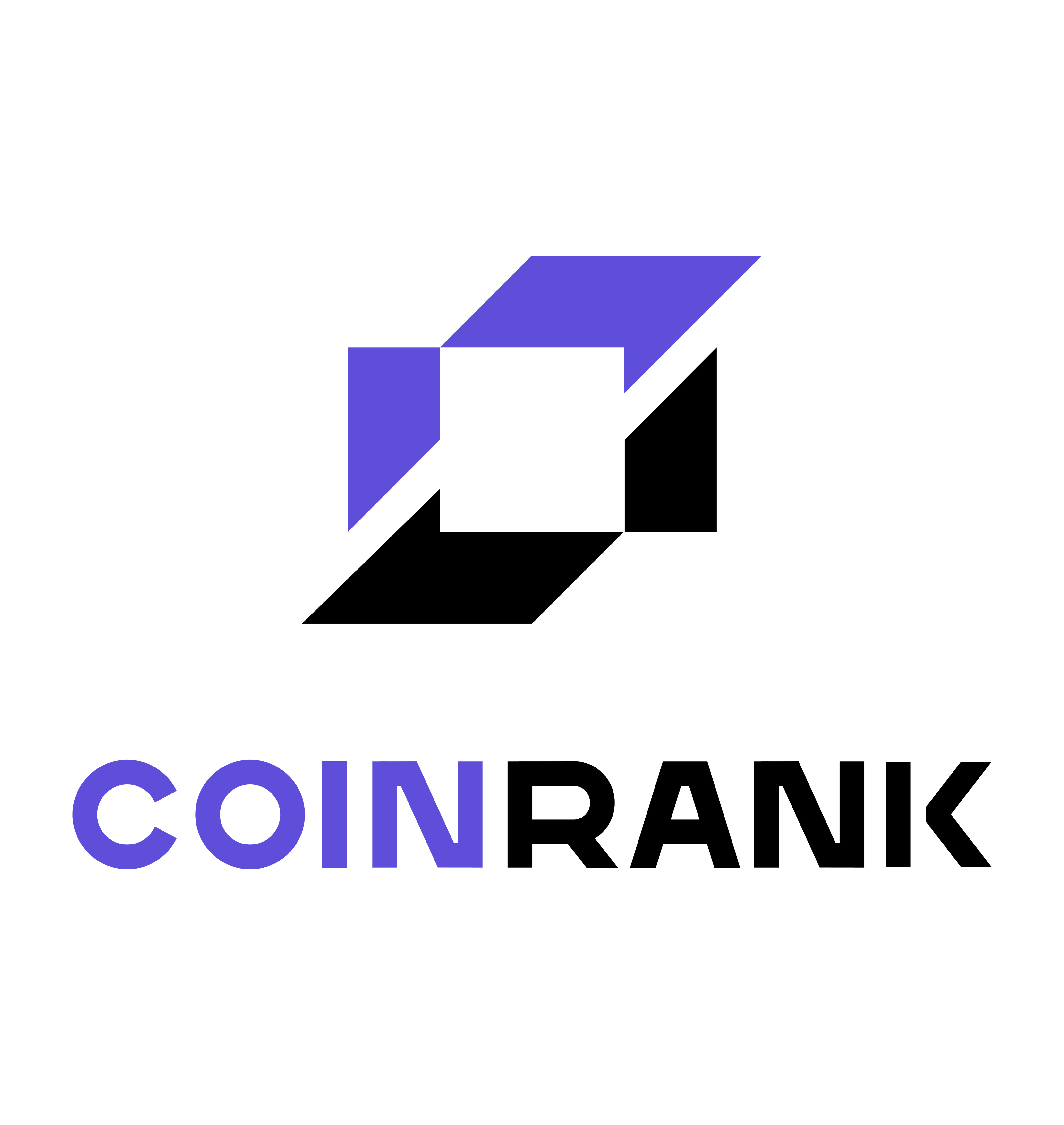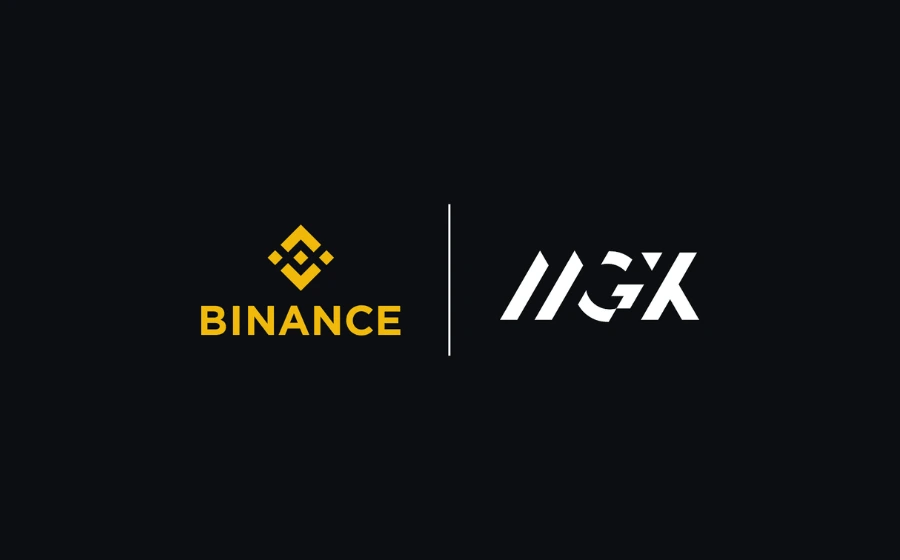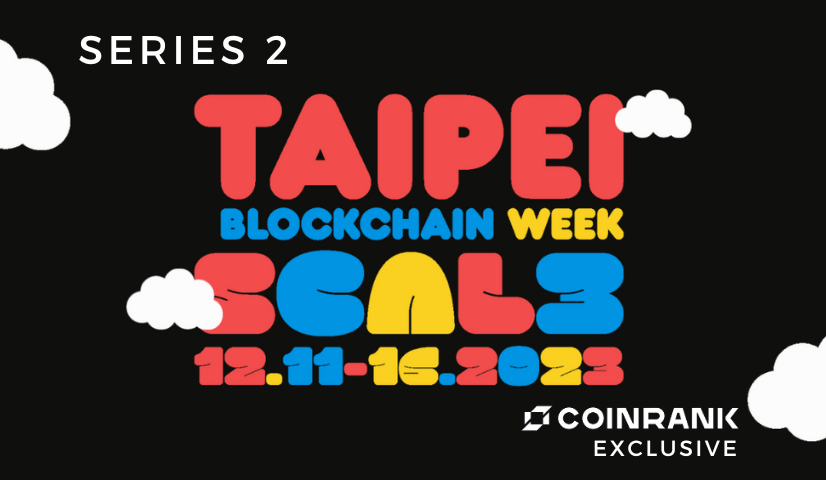
KEYTAKEAWAYS
- Regulatory clarity through MiCA, SEC actions, and sandbox regimes is enabling secure crypto innovation, while attracting institutional capital and driving compliance in global markets.
- Institutional players like BlackRock and Fidelity are accelerating adoption of Bitcoin ETFs and tokenized assets, backed by maturing legal frameworks and robust risk management.
- Emerging economies embrace DeFi and stablecoins for financial access and inflation hedging, while privacy coins and DIDs challenge traditional legal frameworks on identity and control.

- KEY TAKEAWAYS
- GLOBAL CRYPTO REGULATION TRENDS AND MARKET DEVELOPMENT FRAMEWORKS: THE POLICIES THAT MATTER
- INSTITUTIONAL CRYPTO REGULATION ADOPTION AND MARKET DEVELOPMENT EVOLUTION
- CRYPTO REGULATION CHALLENGES AND MARKET DEVELOPMENT IN A DECENTRALIZED WORLD
- STABLECOIN CRYPTO REGULATION AND DIGITAL ASSET MARKET DEVELOPMENT RESERVES
- OPPORTUNITIES IN CRYPTO REGULATION AND MARKET DEVELOPMENT INNOVATION
- CRYPTO REGULATION, MARKET DEVELOPMENT, INNOVATION, AND INCLUSION MUST EVOLVE TOGETHER
- DISCLAIMER
- WRITER’S INTRO
CONTENT
Explore global crypto regulation and market development in 2025. From US Bitcoin reserves to EU’s MiCA framework, discover how regulatory clarity drives institutional adoption and innovation.

In the rapidly evolving digital economy, crypto regulation and market development have emerged as defining forces shaping the future of finance. As blockchain adoption accelerates, governments and regulators across the globe are actively working to create comprehensive frameworks that encourage innovation while protecting consumers and ensuring market stability.
This article dives into the global state of crypto regulation and market development, examining how regulatory frameworks evolve alongside market development, how institutional interest is reshaping the market, and what opportunities lie ahead for builders, investors, and policymakers in the Web3 era.
GLOBAL CRYPTO REGULATION TRENDS AND MARKET DEVELOPMENT FRAMEWORKS: THE POLICIES THAT MATTER
United States Crypto Regulation: From Market Development Crackdowns to Strategic Integration
The United States remains a central player in shaping crypto regulation and market development on a global scale. Over the past few years, the Securities and Exchange Commission (SEC) has ramped up enforcement actions, targeting unregistered securities, centralized exchanges, and illicit token offerings.
However, 2025 marks a pivotal shift in crypto regulation and market development policy. Following former President Donald Trump’s initiative to establish a national Bitcoin reserve, the political climate around digital assets has changed. While federal agencies still pursue compliance rigorously, state-level regulators have begun promoting blockchain development through sandbox programs and tax incentives. This nuanced approach reflects a growing recognition of crypto’s strategic importance in modern market development.
European Crypto Regulation and Market Development: MiCA as a Regulatory Blueprint
In 2023, the European Union passed the Markets in Crypto-Assets Regulation (MiCA), becoming the first jurisdiction to implement a unified crypto regulation framework that supports market development. MiCA introduces strict guidelines for stablecoins, wallet providers, and exchanges, requiring firms to maintain adequate reserves, disclose risks, and follow anti-money laundering (AML) standards.
MiCA sets a powerful precedent for crypto regulation and market development: it balances consumer protection with innovation, encouraging legitimate players to enter the European market while deterring bad actors.
Asia-Pacific Crypto Regulation and Market Development: Regulatory Experimentation and Strategic Adoption
Asia presents a diverse crypto regulation and market development landscape. Countries like Singapore and Japan lead with progressive licensing regimes, allowing regulated crypto exchanges and stablecoin issuers to operate with transparency. Hong Kong has reintegrated itself into the crypto scene with its Virtual Asset Service Provider (VASP) licensing framework, fostering cross-border capital flows into the region through strategic market development initiatives.
Meanwhile, China remains restrictive, maintaining its ban on crypto trading but investing heavily in Central Bank Digital Currency (CBDC) infrastructure for controlled market development.
Read More:
Alipay Promotes Crypto Funds: Is This a Sign of Regulatory Loosening in China
Japan’s New Crypto Asset Intermediary System: Market Transformation Milestone
INSTITUTIONAL CRYPTO REGULATION ADOPTION AND MARKET DEVELOPMENT EVOLUTION
The Impact of Crypto Regulation and Market Development on Institutional Investment Strategies
As institutional investors enter the crypto market, crypto regulation and market development have become decisive factors in their strategies. Regulatory clarity reduces legal risk and encourages broader portfolio integration of digital assets such as Bitcoin, Ethereum, and tokenized securities, driving comprehensive market development.
For instance, BlackRock and Fidelity’s involvement in spot Bitcoin ETFs came only after significant progress in U.S. crypto regulation and market development openness. Likewise, institutions in Europe began onboarding tokenized assets once MiCA clarified compliance standards. Clear frameworks empower traditional players to build infrastructure around custody, compliance, and risk management—fueling sustainable market development.
In emerging markets, institutions such as local banks and fintech startups rely on adaptive crypto regulation to launch compliant DeFi services and stablecoin remittance platforms for inclusive market development. This symbiosis between institutional confidence and legal clarity strengthens the long-term outlook of the entire crypto sector.
Institutional Crypto Market Development: Driving Regulatory Maturity
One of the most notable outcomes of clear crypto regulation and market development is the growing presence of institutional capital. Companies such as MicroStrategy, BlackRock, and Fidelity have integrated Bitcoin and other digital assets into their portfolios. The recent approval of multiple spot Bitcoin ETFs has further legitimized the asset class, creating accessible on-ramps for traditional investors and accelerating institutional market development.
This influx of capital has brought stability, improved liquidity, and deeper market infrastructure, including custodianship, derivatives, and compliance tools that support ongoing market development.
Emerging Markets Crypto Regulation and Development: Turning to Digital Assets as a Hedge
Beyond the developed world, countries facing inflation and currency devaluation—such as Nigeria, Argentina, and Venezuela—are embracing crypto for its accessibility and value preservation through progressive crypto regulation and market development policies. In these regions, decentralized finance (DeFi) platforms offer a lifeline for unbanked populations, providing access to loans, savings, and cross-border payments within emerging market development frameworks.
This organic demand signals a shift: crypto is no longer speculative—it’s becoming foundational infrastructure in emerging economies, driving grassroots market development.
CRYPTO REGULATION CHALLENGES AND MARKET DEVELOPMENT IN A DECENTRALIZED WORLD
DeFi Crypto Regulation and Market Development: The Legal Gray Zone
While DeFi promises financial inclusion, its permissionless architecture challenges existing crypto regulation norms and traditional market development models. Protocols like Aave, Uniswap, and Curve operate without centralized intermediaries, raising difficult questions: Who is accountable when users are harmed? How can regulators monitor pseudonymous actors in decentralized market development?
In response, some jurisdictions are exploring smart contract-based compliance layers that could embed Know-Your-Customer (KYC) and AML checks into on-chain transactions. While still experimental, this approach signals a willingness to adapt crypto regulation for sustainable market development rather than impose outright bans.
Read More:
The Trump Wallet Debate: Power, Profits and Crypto Risks – CoinRank
Web3 Crypto Regulation and Market Development: The Rise of Identity and Governance
Web3 technologies such as Decentralized Identifiers (DIDs) and decentralized autonomous organizations (DAOs) introduce new modes of identity, community governance, and content ownership. However, they often clash with traditional legal principles—particularly around liability, taxation, and user data within existing crypto regulation and market development frameworks.
Bridging the legal-technical divide requires collaborative policymaking that includes technologists, lawyers, and civil society. Only through inclusive dialogue can crypto realize its full potential without compromising societal safeguards while enabling responsible market development.
STABLECOIN CRYPTO REGULATION AND DIGITAL ASSET MARKET DEVELOPMENT RESERVES
Stablecoin Market Development: Becoming Systemically Important in Crypto Regulation
Stablecoins such as USDT, USDC, and the Trump-affiliated USD1 have become integral to crypto’s functioning within global crypto regulation and market development. They offer price stability in volatile markets and serve as trading pairs, payment tools, and yield-bearing instruments across various market development ecosystems.
However, stablecoin crypto regulation varies widely across market development jurisdictions. While MiCA mandates strict reserve requirements, the U.S. has yet to pass comprehensive stablecoin legislation, leading to regulatory uncertainty. In contrast, Japan only permits yen-backed stablecoins issued by licensed financial institutions, ensuring a higher degree of investor protection within regulated market development.
National Bitcoin Reserves and Crypto Regulation Market Development: A New Strategic Asset Class
In a surprising turn, Donald Trump’s executive order in March 2025 declared Bitcoin a “strategic national asset” within the U.S. crypto regulation and market development strategy. The U.S. now holds over 200,000 BTC in federal reserves, aligning its digital asset strategy with geopolitical interests and national market development objectives.
This move may prompt other countries to consider similar actions in their crypto regulation and market development planning. As Bitcoin becomes integrated into national monetary policies, its role could extend beyond digital gold to become a reserve-grade commodity shaping international finance and global market development.
Read More:
OPPORTUNITIES IN CRYPTO REGULATION AND MARKET DEVELOPMENT INNOVATION
Real-World Asset Tokenization: Crypto Regulation Enabling Market Development
Regulatory clarity is unlocking innovation in gold tokenization, real estate tokenization, and other Real-World Asset (RWA) sectors through comprehensive crypto regulation and market development. With proper licenses and investor protections, tokenized assets enable fractional ownership, global liquidity, and around-the-clock trading—transforming traditional capital markets through innovative market development.
Projects like Ondo Finance and Story Protocol are leading the way, combining legal structures with blockchain-native features to offer compliant, borderless investment vehicles within regulated market development frameworks.
Privacy Coins in Crypto Regulation and Market Development: The Future of Financial Freedom
As regulators crack down on anonymity tools, privacy coins like Monero (XMR) and Zcash (ZEC) face increasing scrutiny within evolving crypto regulation and market development. Yet, they remain vital for financial freedom in oppressive regimes and for users requiring confidentiality for legitimate reasons within diverse market development scenarios.
Balancing privacy and compliance will be critical for future crypto regulation and market development. New zero-knowledge (ZK) technologies may help strike that balance, enabling auditability without revealing individual user data within compliant market development frameworks.
CRYPTO REGULATION, MARKET DEVELOPMENT, INNOVATION, AND INCLUSION MUST EVOLVE TOGETHER
Crypto regulation and market development are not zero-sum propositions. The best outcomes emerge when crypto regulation provides clarity and innovation maintains flexibility within sustainable market development. Countries that adopt this balanced approach will attract talent, capital, and next-generation infrastructure through strategic market development initiatives.
Rather than stifling growth, thoughtful crypto regulation can unlock responsible innovation, ensure market integrity, and empower users around the globe through inclusive market development.
Source:
Opinion | Crypto needs sensible regulation
Analyzing the Impact of Regulatory Changes on Crypto
2024 Global Crypto Adoption Index – Chainalysis
FCA to lift ban on crypto ETNs for UK retail investors | MoneyWeek















